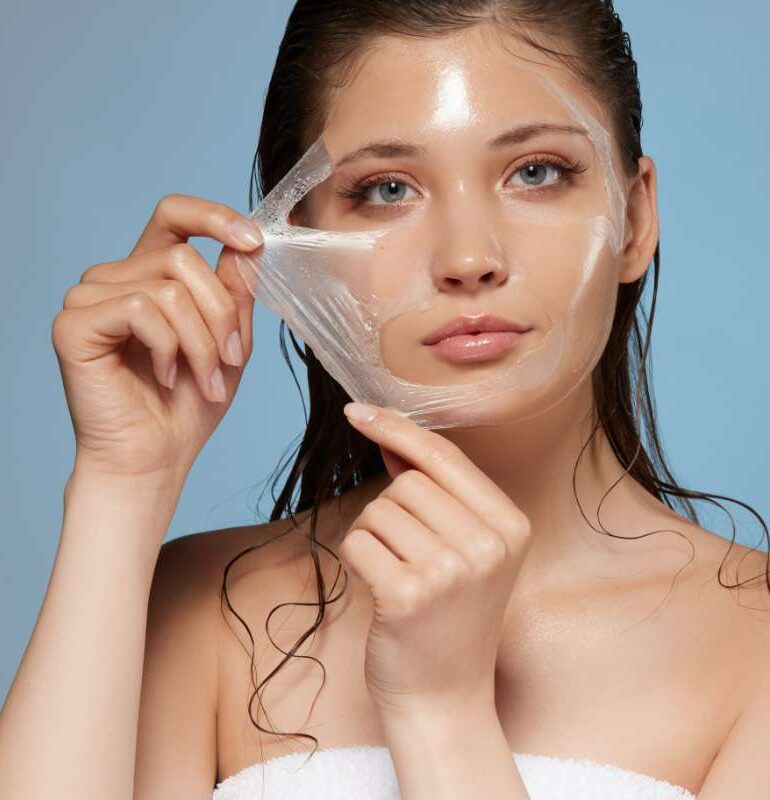Chemical peels offer a method for improving skin texture and appearance through controlled removal of damaged skin layers. Before scheduling this cosmetic procedure, asking specific questions helps you make an informed decision about treatment options and expected outcomes. Understanding the different types of peels, potential risks, and preparation requirements allows you to determine if this treatment aligns with your skincare goals.
Understanding Chemical Peels
Different chemical peels target varying skin concerns and penetrate to different depths. Light peels using alpha hydroxy acids affect only the outer skin layer, while medium peels with trichloroacetic acid reach deeper tissue. Deep peels using phenol penetrate multiple skin layers but require extended recovery periods.
Ask your skincare professional which type of chemical peel they recommend for your specific skin concerns. Inquire about the active ingredients in the proposed treatment and how these chemicals will interact with your skin type. Some individuals with sensitive skin, active acne, or certain medical conditions may not be suitable candidates for chemical peels.
Preparing and Recovering
Chemical peels require specific preparation steps to optimize results and minimize complications. Ask about pre-treatment skincare routines, including which products to avoid and which preparations to use in the weeks leading up to your appointment. Light peels typically involve minimal downtime with some flaking, while deeper peels may require several weeks of healing with significant peeling and redness. Understanding the recovery process helps you plan accordingly for work, social events, and sun exposure limitations.
Request detailed post-treatment care instructions. Ask about recommended skincare products, sun protection requirements, and activities to avoid during the healing period. Some peels require specific moisturizers or gentle cleansers to support proper healing.
Identifying Risks and Expectations
All cosmetic procedures carry potential risks, and peels can rarely cause complications. This might include infection, scarring, or changes in skin pigmentation. Ask your provider to explain possible side effects specific to your skin type and the proposed peel strength. Doing so will help you prepare and know what to expect.
Discuss realistic expectations for results and the timeline for seeing improvements. Some individuals notice immediate changes in skin texture, while others require multiple sessions to achieve desired outcomes. Inquire about the typical number of treatments required and the recommended interval between sessions.
Inquire about your provider’s experience with performing these peels and check into their training background. Request to see before and after photos of previous patients with similar skin types and concerns. Ask about their protocol for managing complications should they arise during or after treatment.
Learn More About Chemical Peels
Chemical peels can address various skin concerns when performed by qualified professionals on suitable candidates. The questions outlined above provide a foundation for evaluating whether these peels match your skincare objectives and risk tolerance. Schedule consultations with qualified skincare professionals to discuss your specific situation. Take time to research your provider’s credentials and review their experience with chemical peel procedures. Document the answers to your questions and compare responses from different practitioners if you seek multiple opinions. Consult with a qualified provider to receive a tailored treatment plan.
- crypto30x com zeus Review: Is It the Best Platform for U.S. Crypto Traders in 2025?
- Super Scatter Juara100.org Medal: The Ultimate Guide to Winning Big in Online Gaming
- Ziuqyazhmizz: Ancient Slavic Practice Explained – Meaning, Benefits & Daily Life Guide
- Zaxtexporoz: A Simple Guide to Xcer Tools, Digital Trends, and Smart Solutions
- Casîo: A Symbol of Innovation, Durability, and Global Trust




